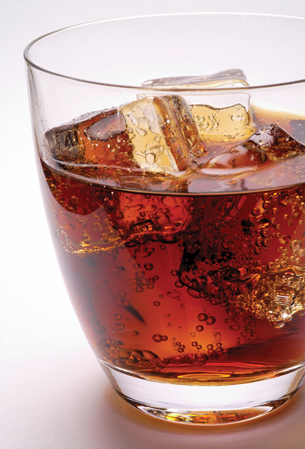Module 4 Intro
1. Module 4 Intro
1.20. Page 3
Module 4—Properties of Solutions
 Read
Read
Saturated Solutions
saturated solution: a solution that contains the maximum quantity of solute for a specified temperature; in which no more solute will dissolve at a specified temperature; at maximum solute concentration
solubility: the concentration of a saturated solution at a specified temperature
In the Try This activity above you observed a saturated solution undergoing change.
There is a limit to how much solute can be dissolved in a solvent. You may notice this when you pour sugar into tea or coffee. If you pour in too much, the sugar will simply sit at the bottom of the cup. The following illustration shows what happens when maximum solubility is reached.
The solubility of NaCl(s) in water at 20 °C is 36 g/100 mL. What that means is only 36 g of solute may be absorbed by 100 mL of water at this temperature.


© Claudio Baldini /shutterstock
To learn about how temperature and pressure affect the solubility of solids, liquids, and gases in water, read pages 221 and 222 in your textbook.
Hard Water vs. Soft Water
In the introduction to this lesson, you learned about some of the problems associated with hard water.
What is soft water, and how does a water softener work? Soft water is free of calcium and magnesium ions. A water softener works because of the presence of an ion-exchange resin, which is typically found in the water filter as small beads. The ion-exchange resin functions by removing magnesium and calcium ions from the water in a process that exchanges them for sodium ions. In other words, the price you pay for getting soft water is that the water becomes salty.
Some of the benefits of using soft water in the home include the following:
- Soap lathers more readily and does not leave a residue (soap scum).
- Laundry is brighter and can endure more washings before fading.
- Pipes do not develop buildup, and hot water tanks last longer.
Some of the negative issues include the following:
- Calcium and magnesium are required by the body, and the water-softening process removes these valuable minerals.
- The characteristic taste of water is caused by the presence of minerals. Removing the minerals makes the water taste different. Some people may like the taste, but that is a matter of preference.
The process of softening water increases the sodium content of water. This results in the water being slightly salty.